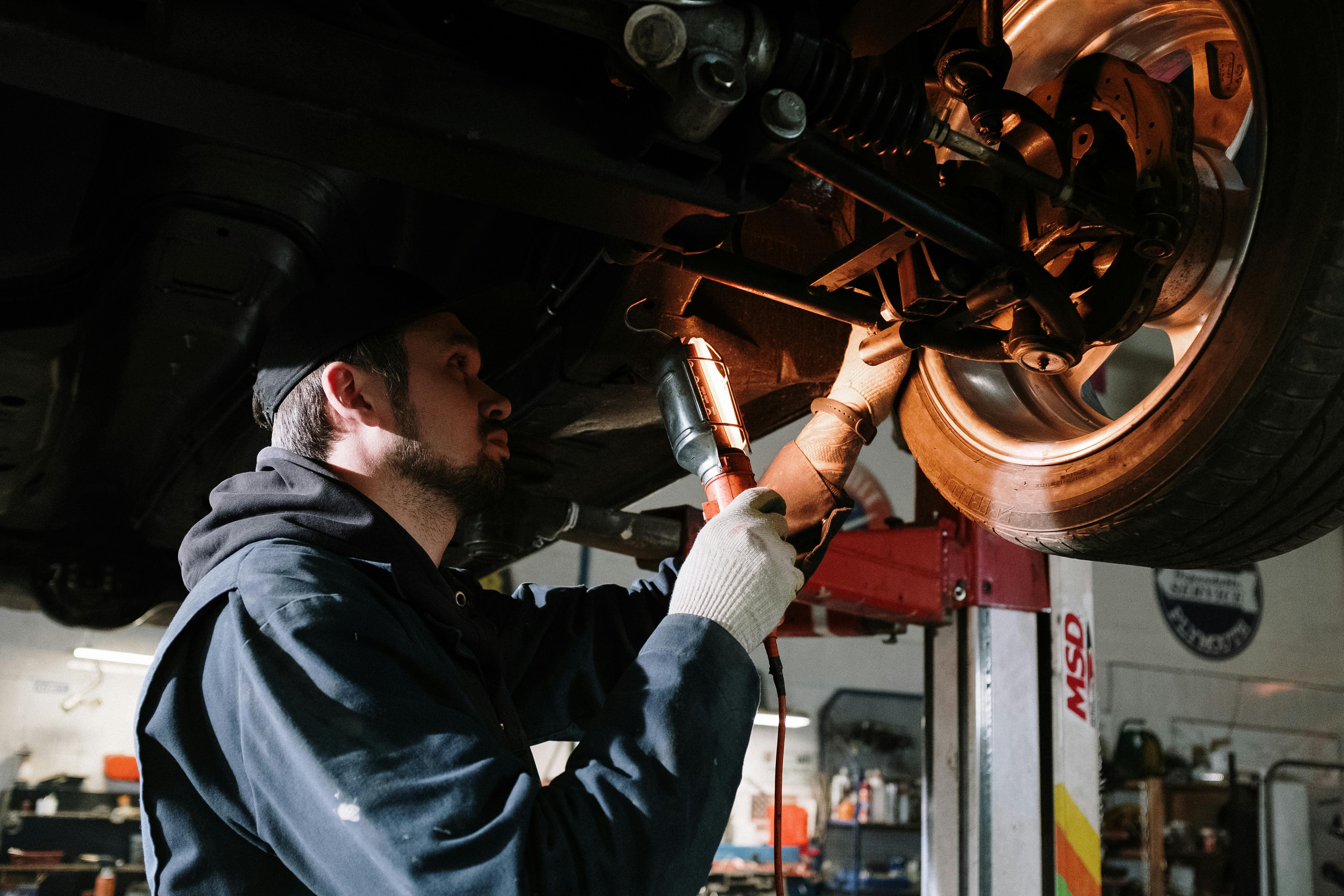How to Inspect a Used Car Before You Buy – Even If You’re Not a Mechanic

Buying a used car can be a smart financial move, but it comes with its own set of risks—especially if you’re not a trained mechanic. Fortunately, you don’t have to be a professional to make a good decision. With a little attention to detail and the right checklist, you can avoid hidden problems and confidently move forward with your purchase.
Here’s a practical, step-by-step guide to inspecting a used car before you commit, even if your mechanical experience is limited.
1. Start with Research
Before you even look at a vehicle, do some research on the make, model, and year. Look for common issues associated with that car and what you should expect in terms of mileage, price range, and long-term reliability. Websites like Kelley Blue Book, Edmunds, and CarComplaints.com are great starting points.
2. Walk Around the Vehicle
Begin with a thorough visual inspection in broad daylight.
- Body Condition: Check for dents, scratches, or uneven panel gaps, which might suggest prior accidents or poor repairs.
- Paint Job: Watch out for mismatched colors, bubbling, or signs of rust.
- Tires: All four tires should have even tread wear. Uneven wear might indicate poor alignment or suspension issues.
3. Check Under the Hood
Even if you don’t know how the engine works, you can look for red flags.
- Fluids: Look at the oil, transmission fluid, and coolant. Dirty or low fluids might suggest neglect.
- Leaks: Any signs of leaking oil, coolant, or other fluids underneath the car can indicate major issues.
- Belts and Hoses: Shouldn’t be cracked, brittle, or loose.
4. Inspect the Interior
Sit in the driver’s seat and test everything you’ll use day-to-day.
- Seats and Upholstery: Check for stains, rips, or odors.
- Electronics: Test the radio, AC, heater, power windows, locks, mirrors, and lights.
- Dashboard Lights: Make sure no warning lights (like check engine or ABS) are staying on after starting the car.
5. Check the Odometer and VIN
Mileage is a good indicator of wear and tear. Average mileage is about twelve to fifteen thousand miles per year. Extremely low mileage on an older car may seem like a bonus, but it could also mean the car sat unused for long periods—which can also cause damage.
Always cross-check the VIN (Vehicle Identification Number) on the dashboard, driver’s door, and paperwork to make sure everything matches. You can also use the VIN to get a vehicle history report.
6. Take a Test Drive
The test drive is your chance to get a real feel for how the car performs.
- Acceleration and Braking: The car should accelerate smoothly and stop without pulling to one side.
- Steering and Alignment: The steering wheel should be centered, and the car should go straight when you’re not turning.
- Transmission: Automatic or manual, shifts should be smooth and responsive.
- Noise: Listen for rattling, whining, or clunking—especially when turning or going over bumps.
Try to drive on different types of roads—city streets, highways, and rough patches—to get the full picture.
7. Get a Vehicle History Report
Sites like CARFAX and AutoCheck can give you a detailed report on the vehicle’s past, including:
- Previous owners
- Accident history
- Maintenance records
- Title status (clean, salvage, rebuilt)
Even if everything looks fine in person, a history report can reveal hidden issues.
8. Bring a Mechanic for a Pre-Purchase Inspection (If Possible)
If you're serious about the car and everything checks out so far, invest in a pre-purchase inspection by a certified mechanic. It typically costs between $100 and $200 and could save you from buying a car with hidden damage or upcoming repairs.
https://www.cruhtx.com/service/auto-repair-shop-houston
Many sellers—even private owners—will allow this if they’re confident in the car’s condition. If a seller refuses, consider it a red flag.
9. Verify the Title and Ownership
Ask to see the title. Make sure:
- The name on the title matches the seller’s ID.
- The title is clean (not salvage or rebuilt unless you’re okay with that).
- There are no liens listed (which means the car is fully paid off).
Also ask for maintenance records if available—they can be a great sign of a well-maintained vehicle.
10. Trust Your Instincts
Sometimes your gut feeling is the best tool you have. If the seller seems shady, dodges questions, or pressures you into a decision, walk away. There are plenty of used cars out there, and no deal is worth the risk of buying a lemon.
Final Thoughts
Inspecting a used car isn’t about spotting every technical detail—it’s about using your common sense, asking the right questions, and knowing when to bring in a professional. If you follow these steps, you’ll reduce your risk of costly surprises and feel more confident in your purchase.
Whether you're shopping for a daily commuter in Houston or a weekend cruiser, a thorough inspection is the best way to make sure the car you drive off in is safe, reliable, and worth every penny.

- Art
- Causes
- Crafts
- Dance
- Drinks
- Film
- Fitness
- Food
- Jogos
- Gardening
- Health
- Início
- Literature
- Music
- Networking
- Outro
- Party
- Religion
- Shopping
- Sports
- Theater
- Wellness


